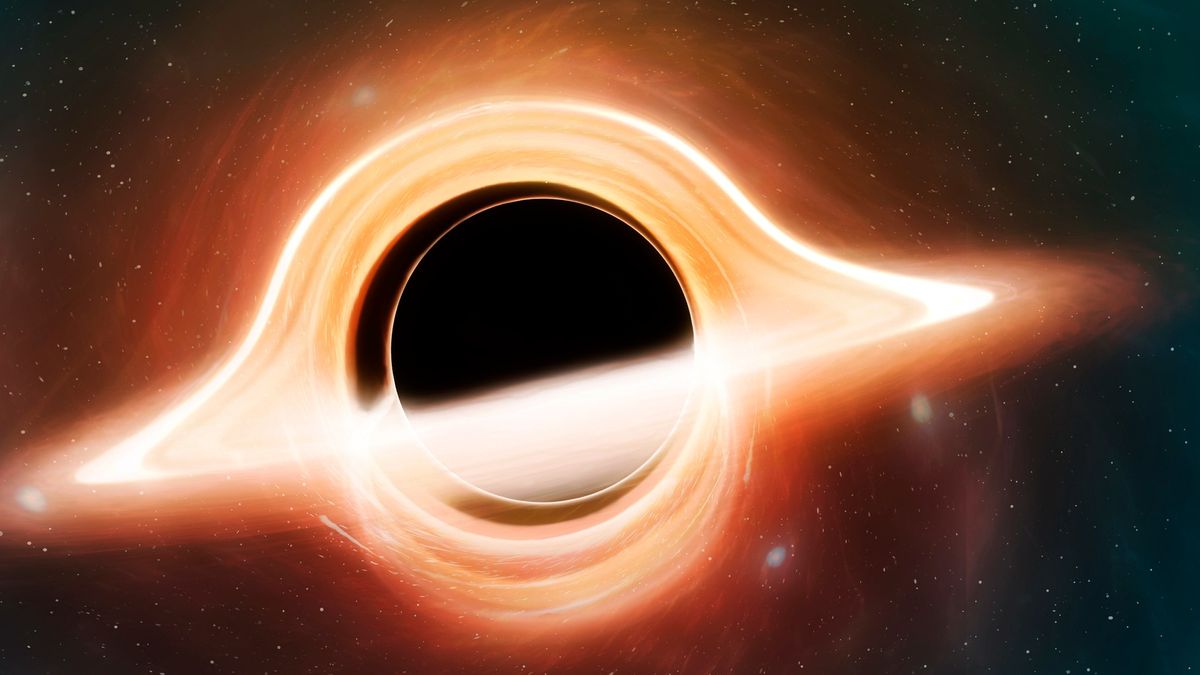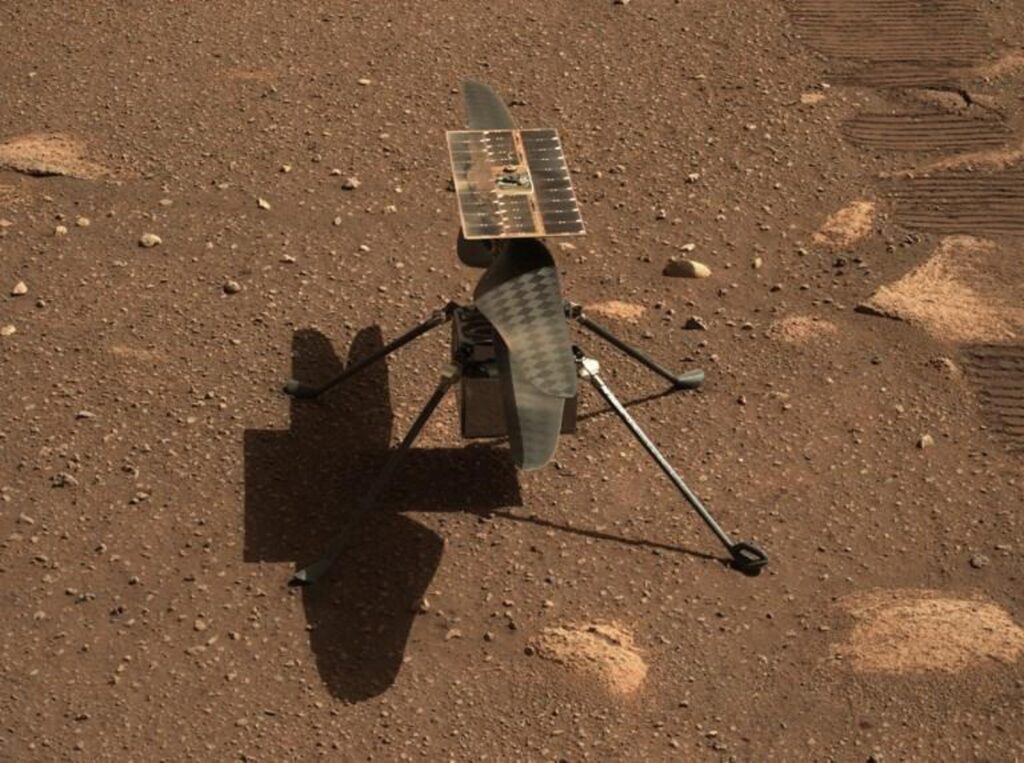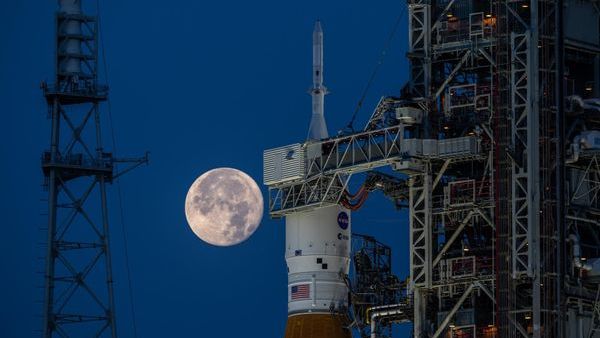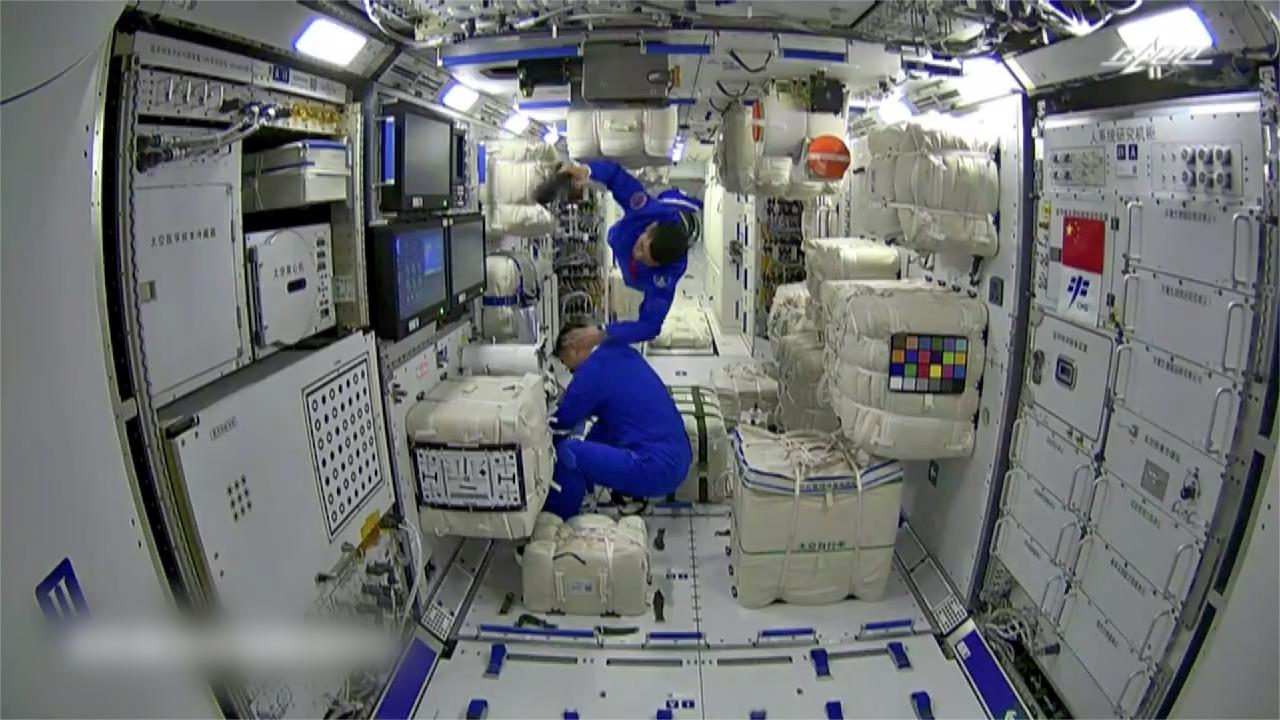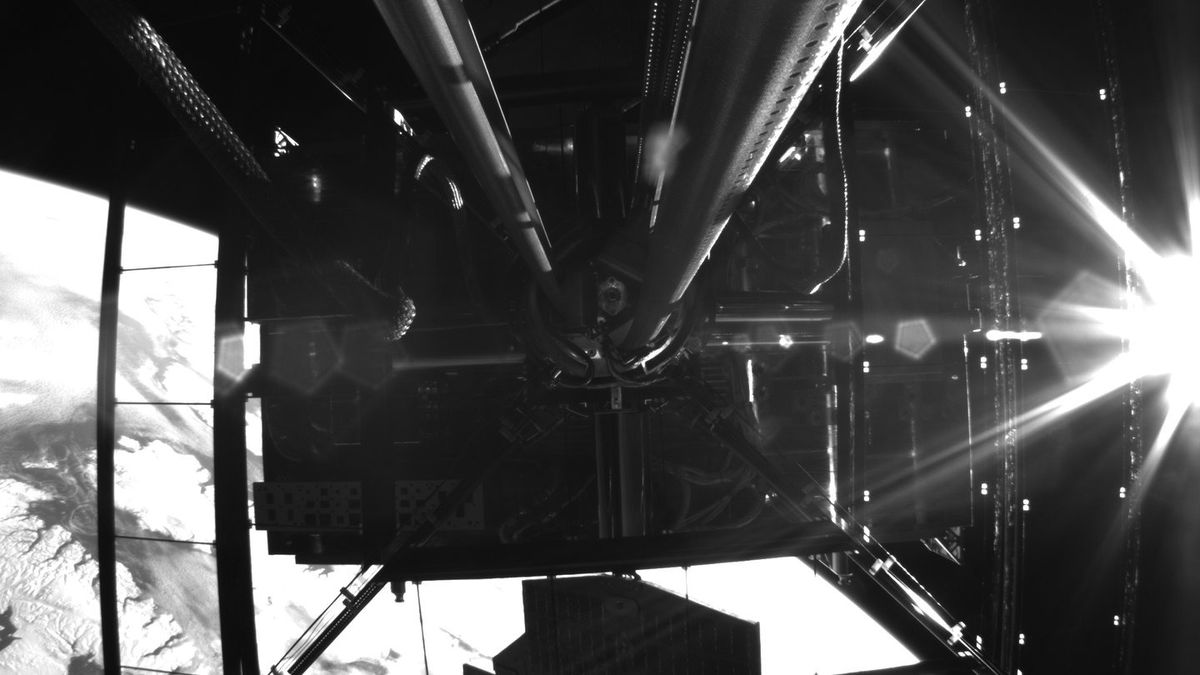Astronomers utilizing the James Webb Space Telescope (JWST) discovered the earliest supermassive black hole. The 13.4 billion-year-old black hole in galaxy GN-z11‘s center defies expectations with its size. This unexpected discovery illuminates the universe’s first supermassive black holes’ birth and growth.
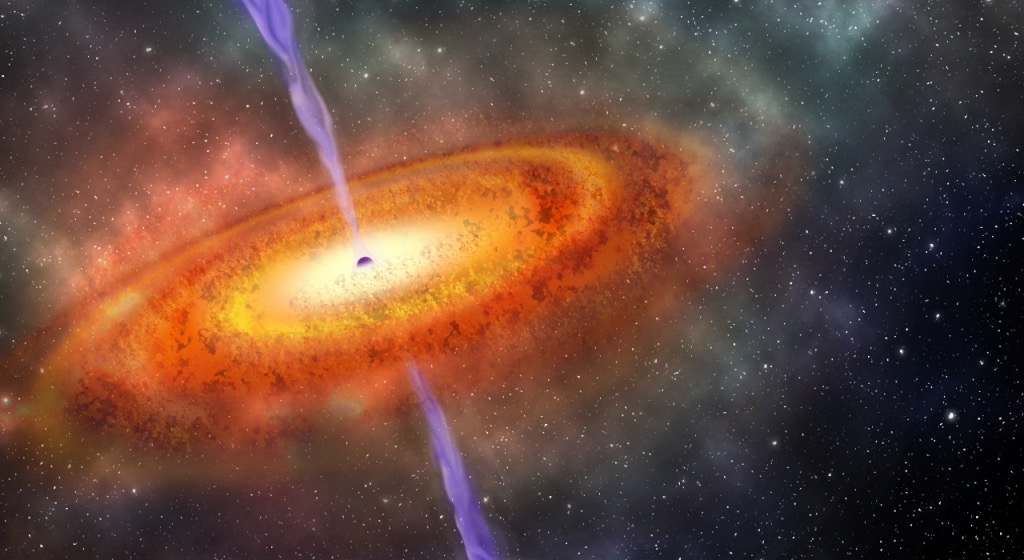
Earliest Supermassive Black Hole Challenges Theories
The JWST Advanced Deep Extragalactic Survey (JADES) found the 400-million-year-old black hole lit by light. To our surprise, it is several million times larger than our Sun and comparable to Sagittarius A*, the supermassive black hole at the center of our Milky Way Galaxy.
Astrophysicists expected the first generation of supermassive black holes to take at least a billion years to reach such gigantic masses, so this discovery is surprising. Two explanations for this black hole’s rapid expansion are proposed by researchers.
One idea holds that it was produced from a gigantic gas cloud that collapsed under its gravity, tens of thousands of times more massive than the Sun. The first black holes, including GN-z11’s, may have emerged from huge stars’ remnants and grown to supermassive size over a billion years.
READ ALSO: Cosmic Mysteries: Supernovae Revealed as Key Contributors to Black Holes and Neutron Stars
Fast-Feeding Supermassive Black Hole Poses Threat to Host Galaxy’s Future
The present analysis supports the latter explanation since GN-z11’s supermassive black hole feeds extremely fast, suggesting it evolved from a dead star when the universe was only a few hundred million years old. Supermassive black holes may have evolved from larger “seeds,” hundreds of times the mass of our Sun.
The black hole’s ravenous appetite could upend the host galaxy due to its filthy eating habits. Rapid consumption of surrounding gas, resulting in a dazzling light at the galaxy’s center, may deplete star-forming resources. The destiny of GN-z11’s host galaxy depends on the JWST and future space observatories’ understanding of its 13.4 billion-year history.
